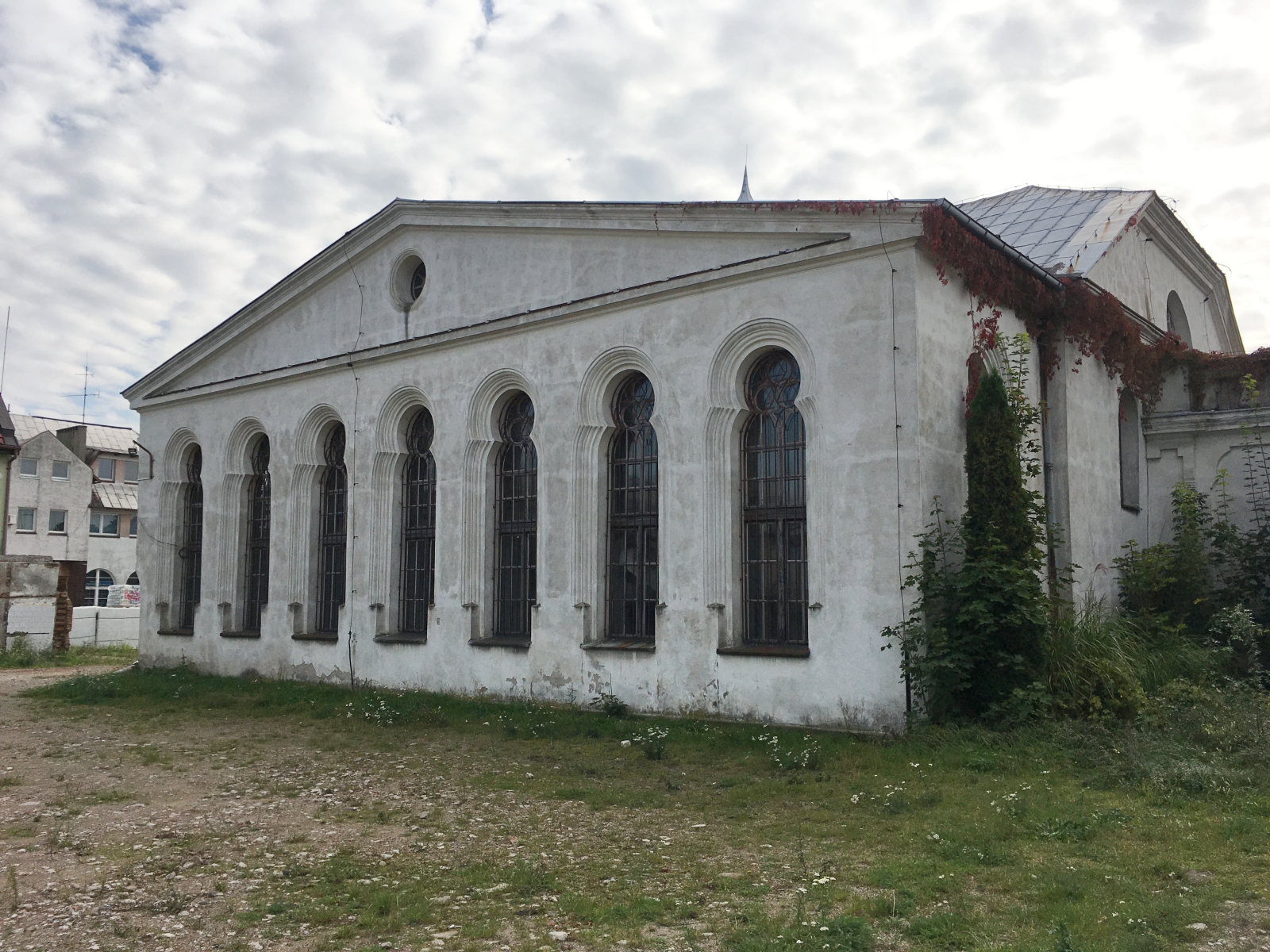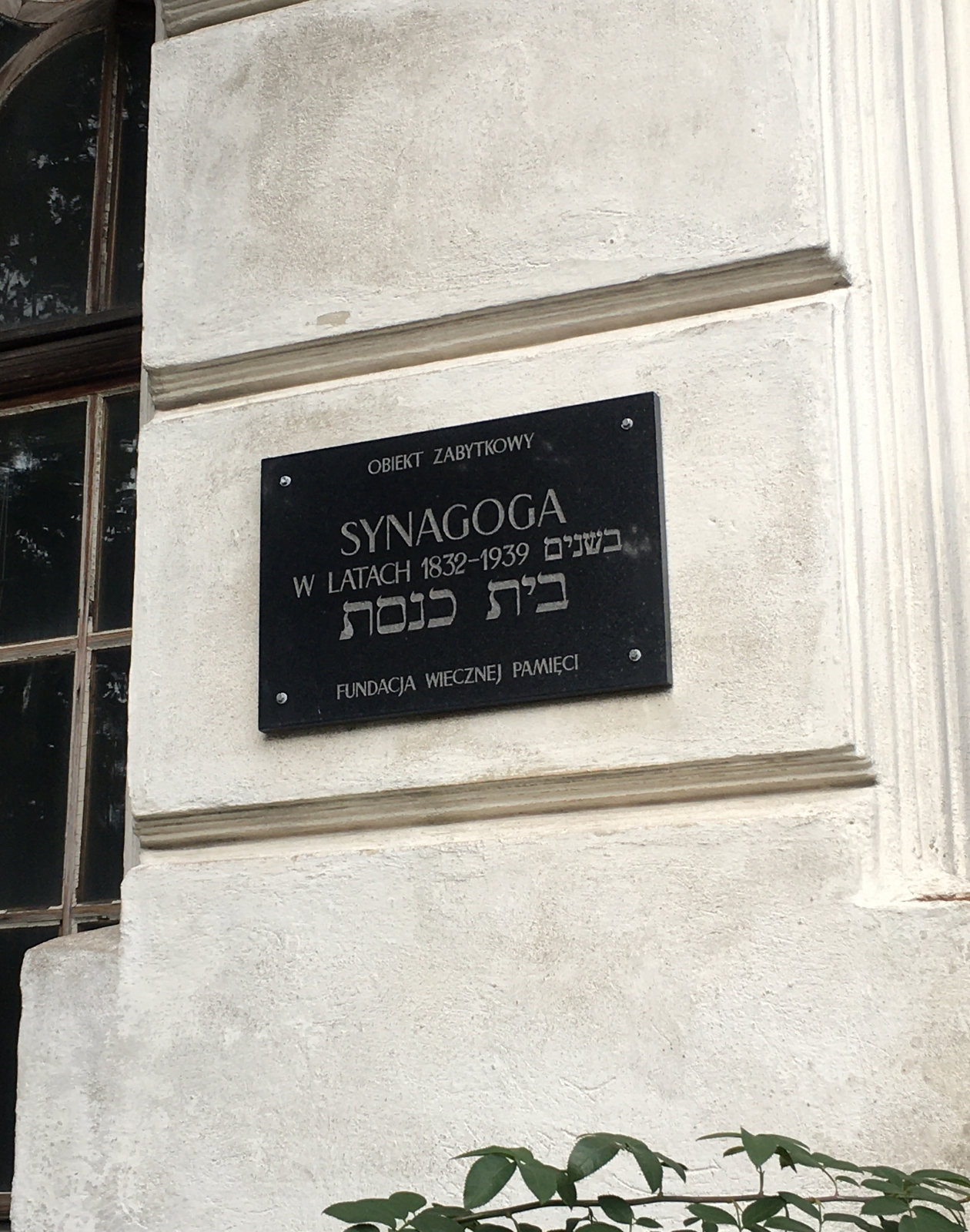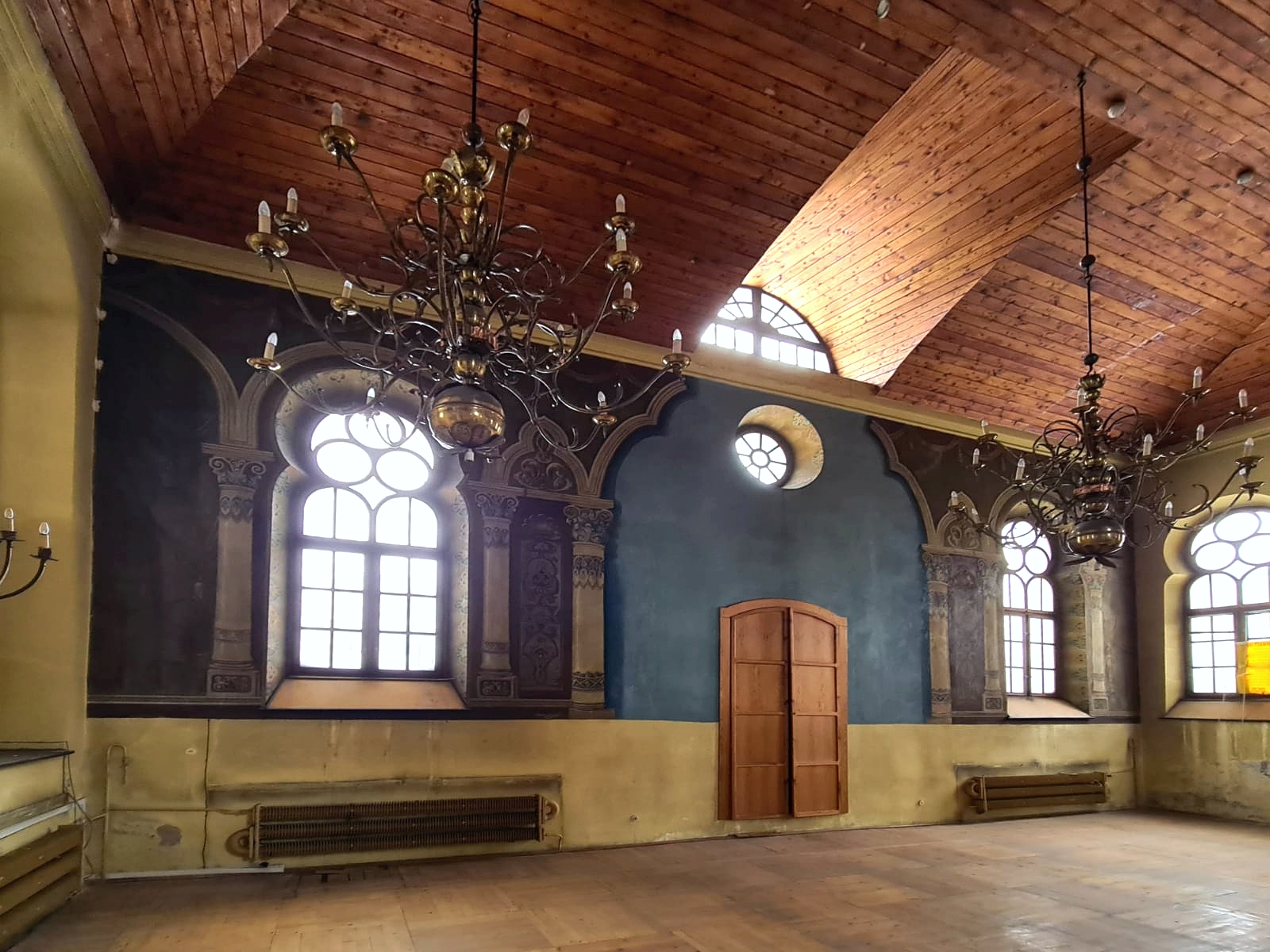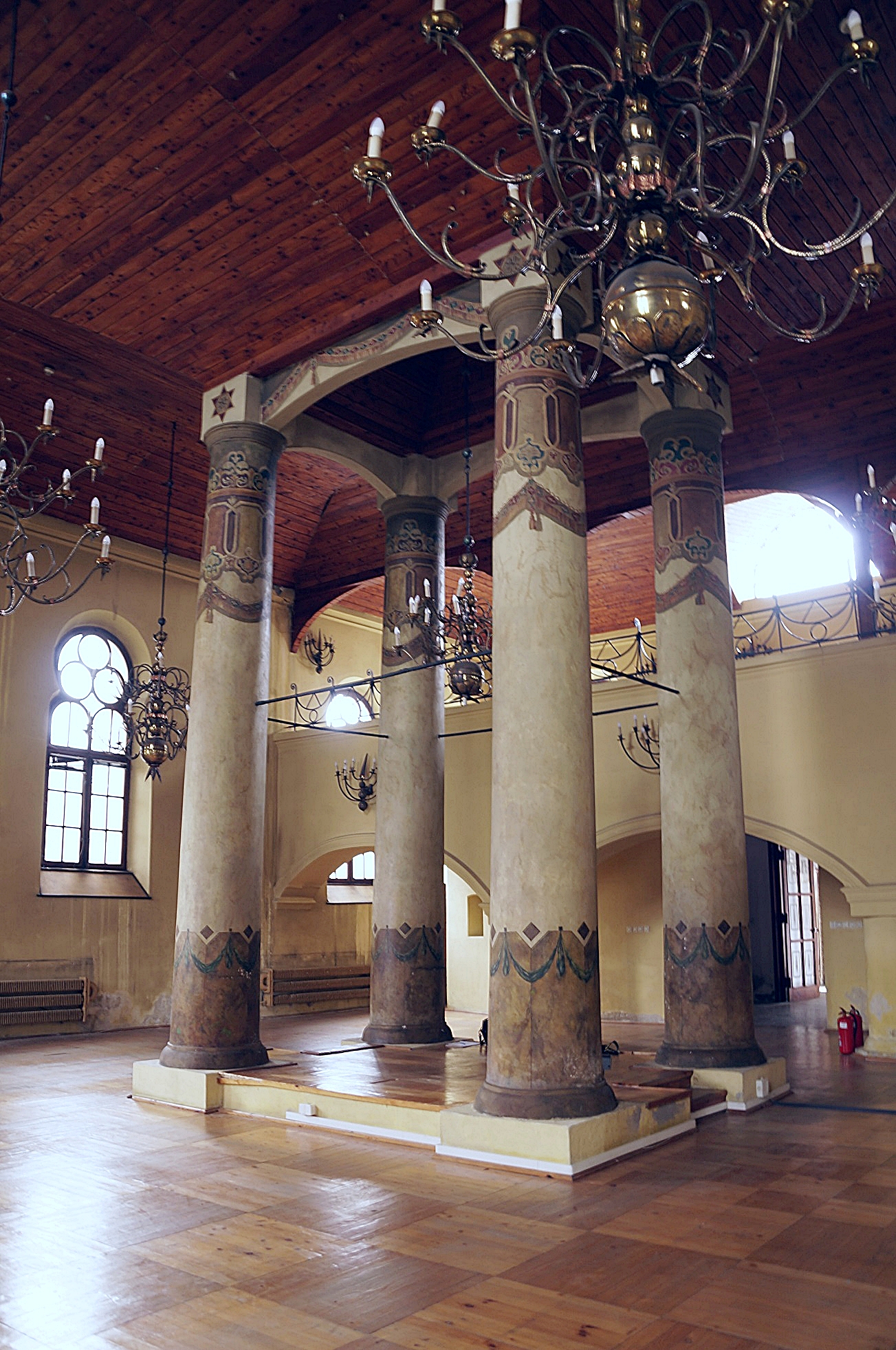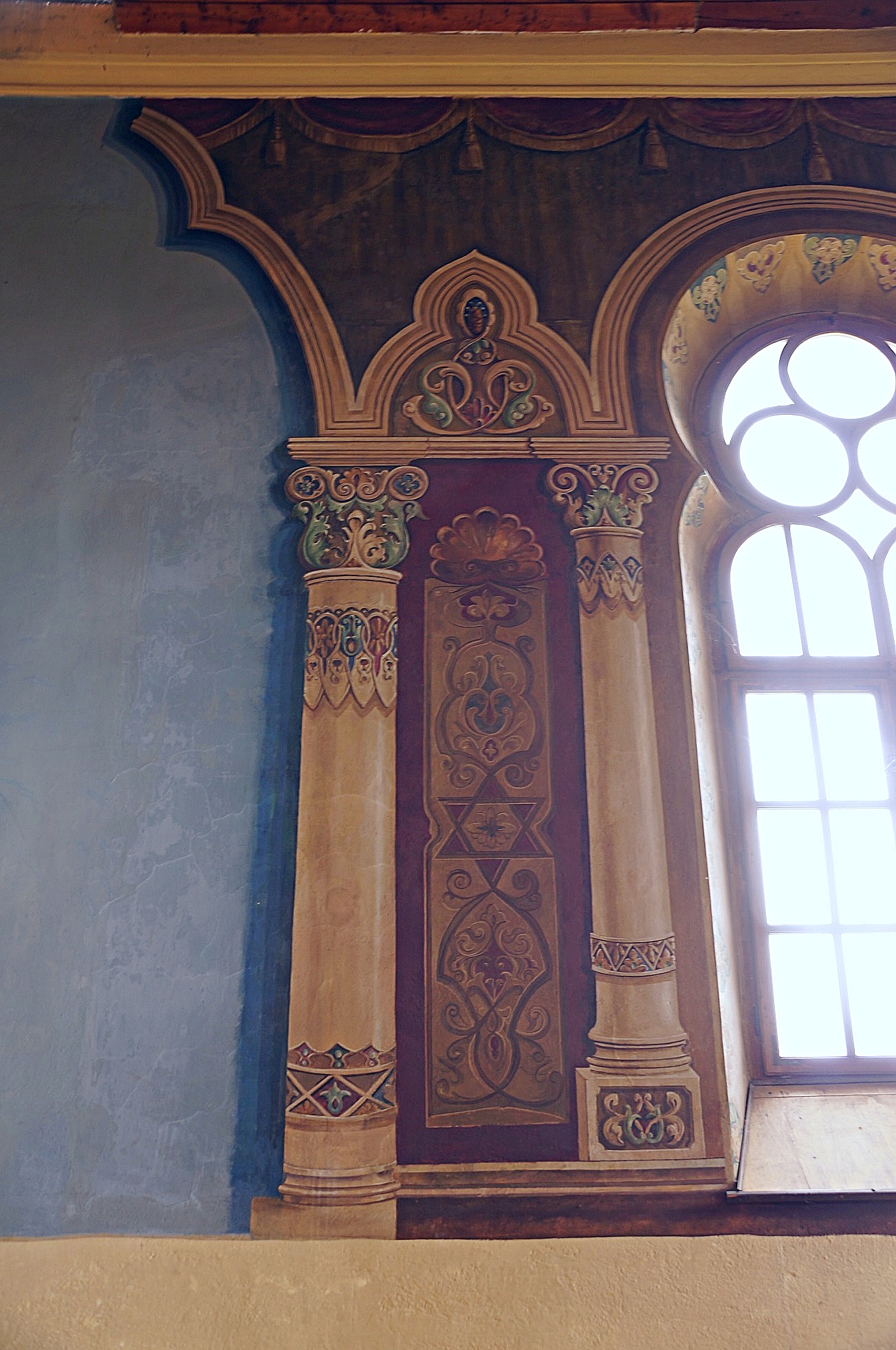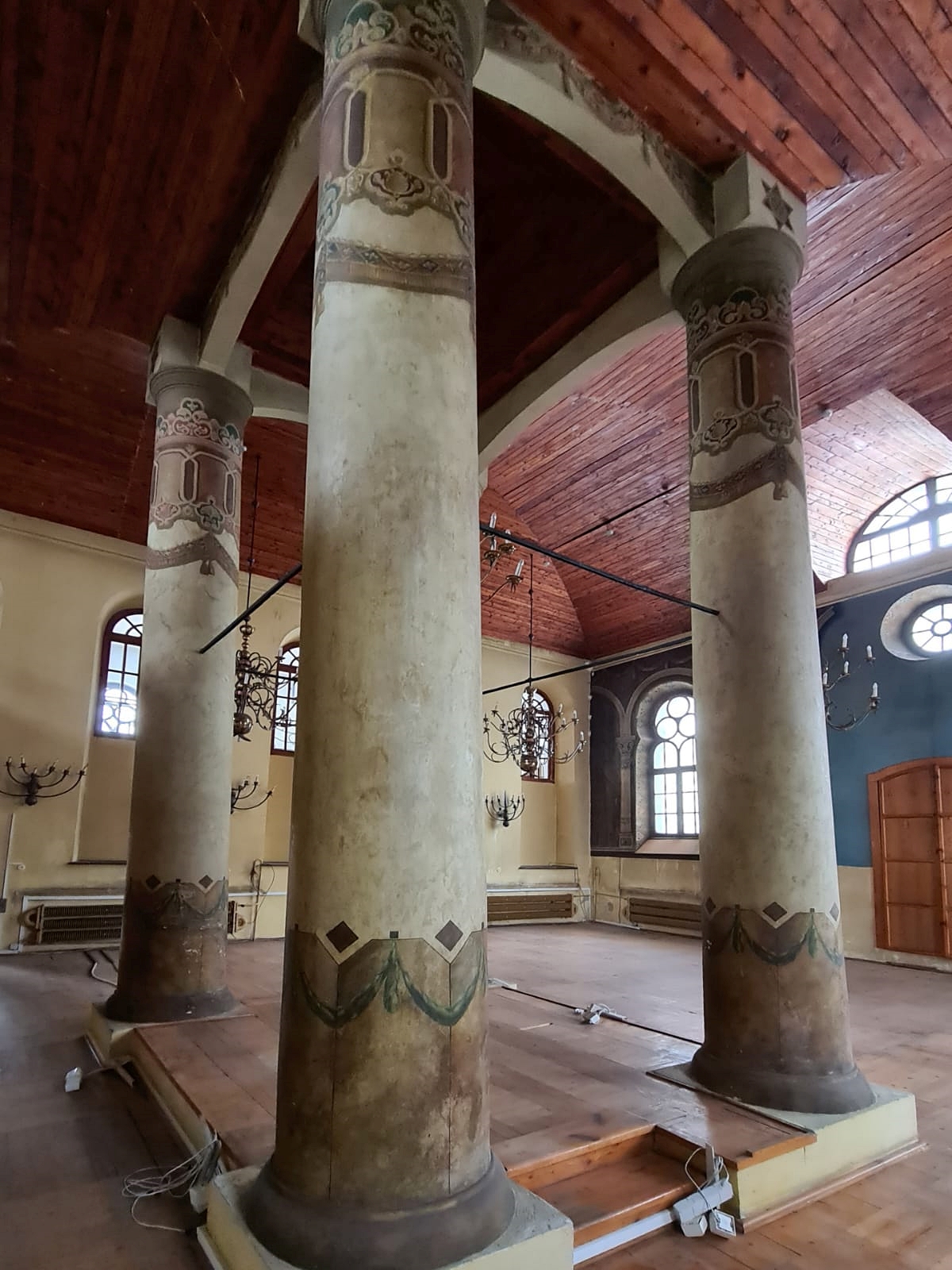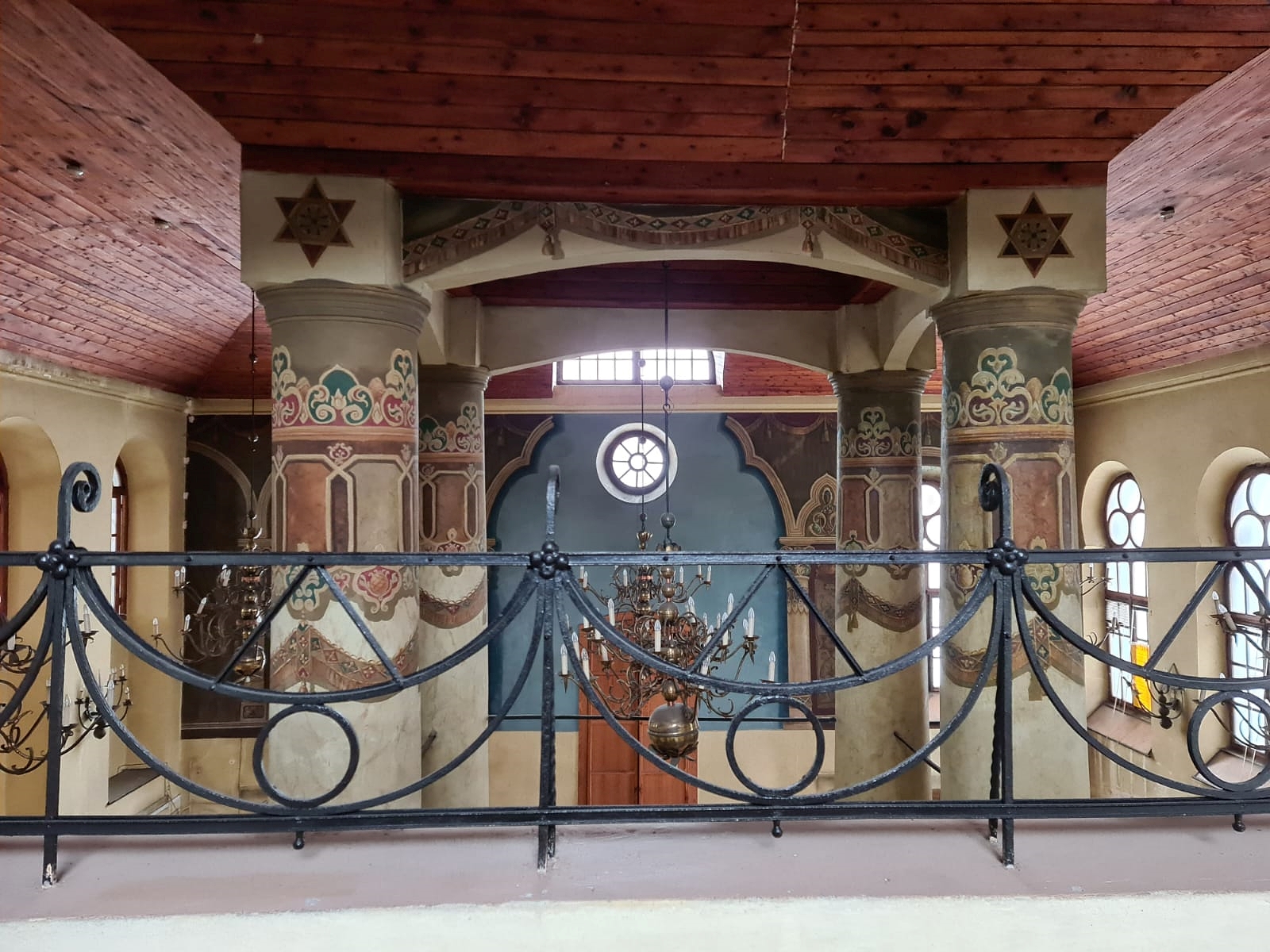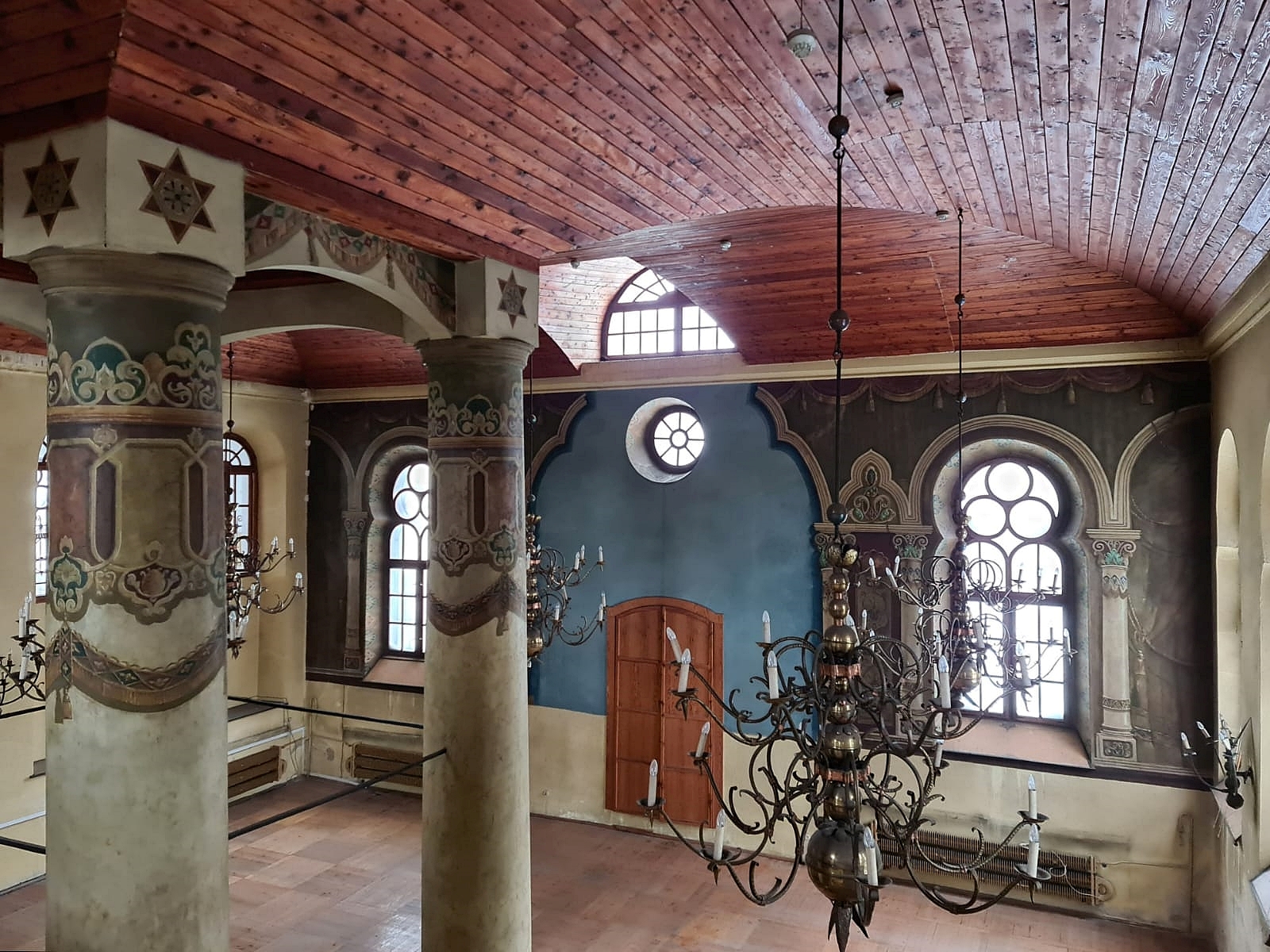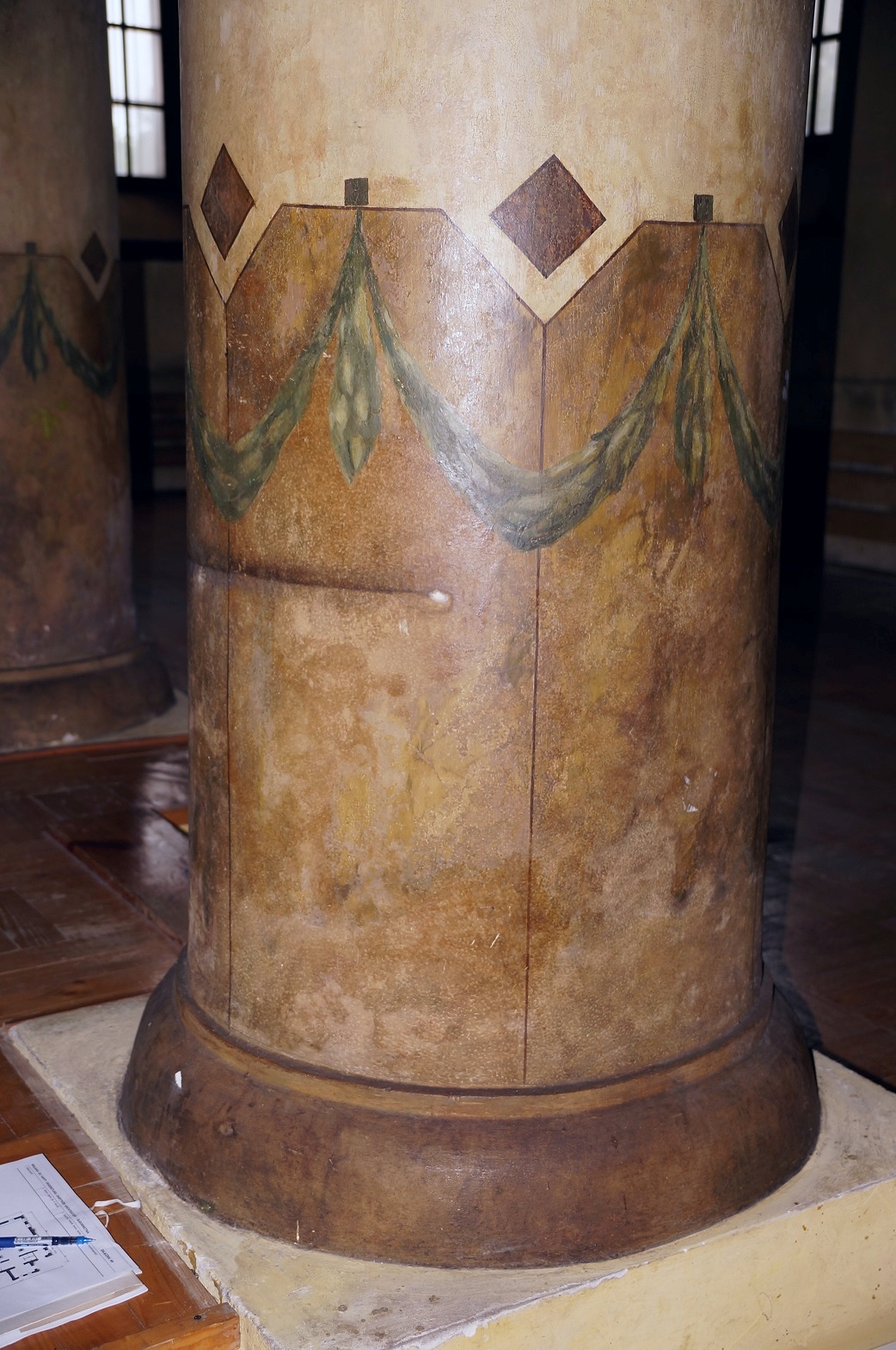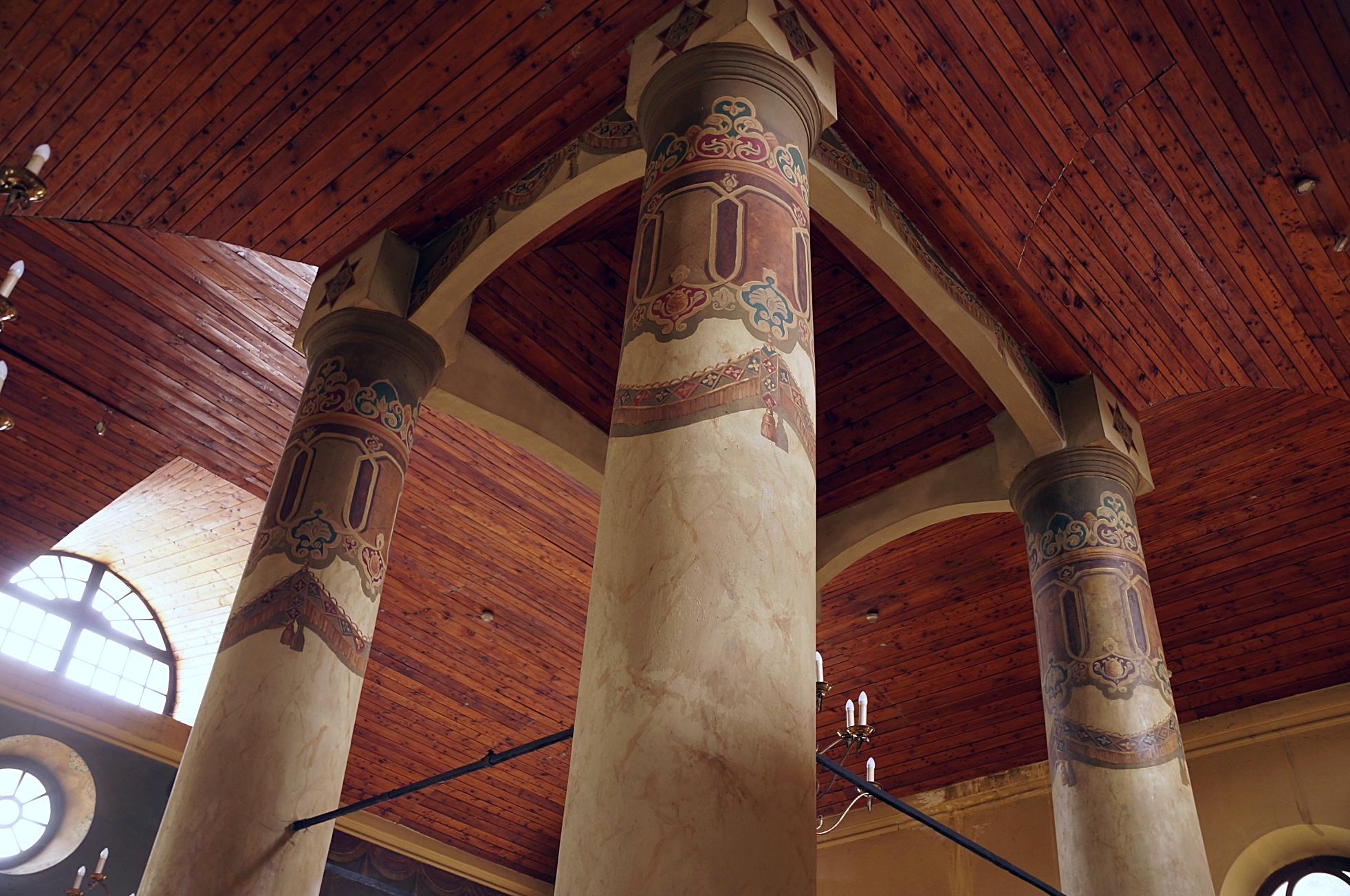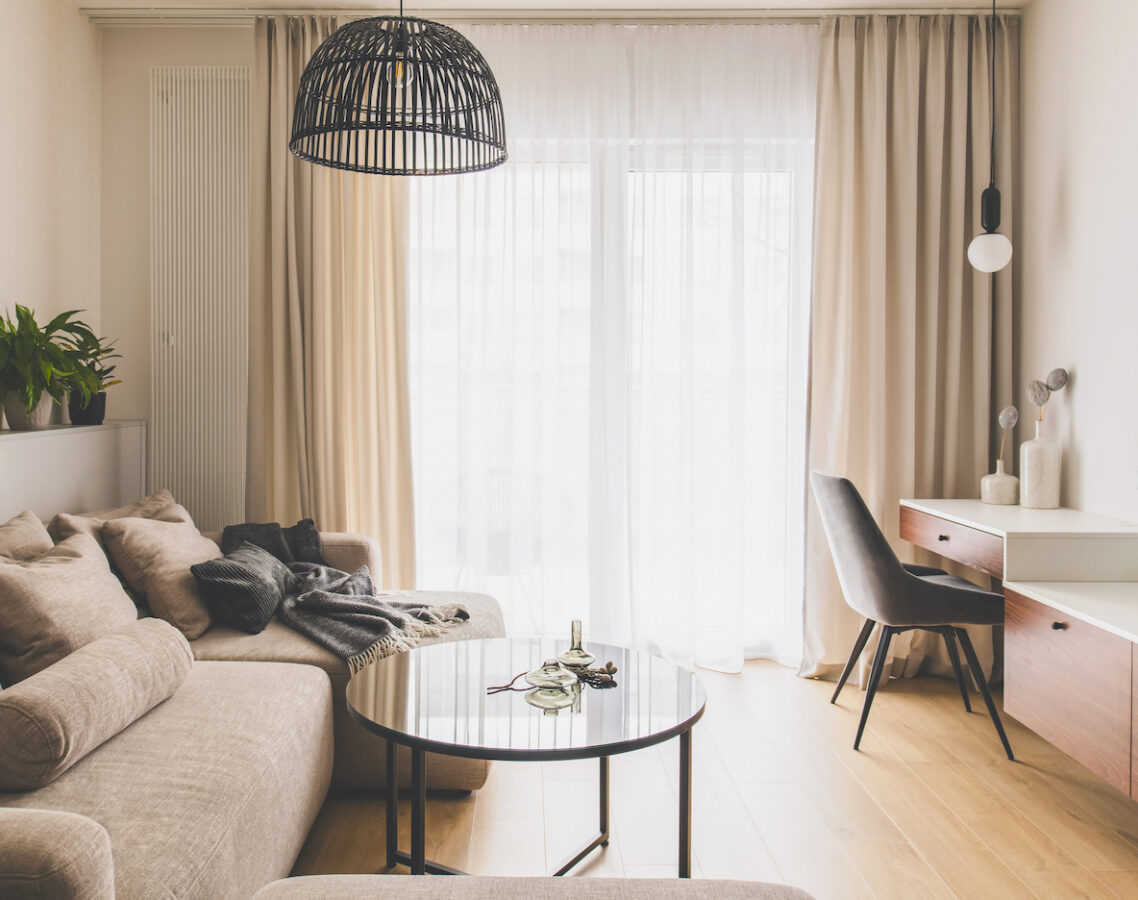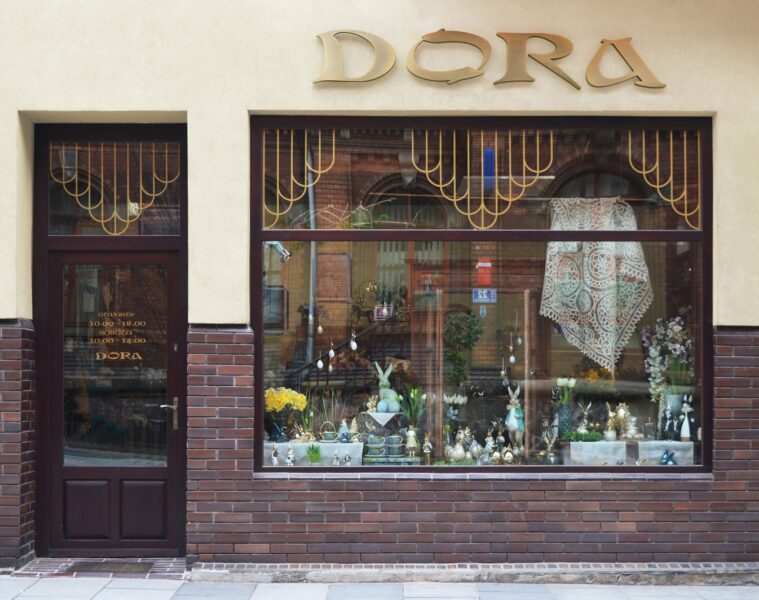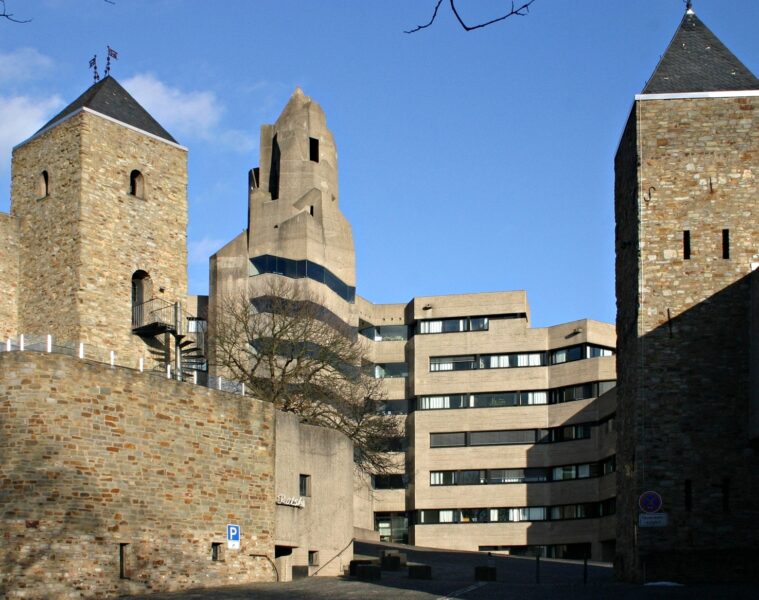Jews appeared in Konin around 1397. They were part of the Konin community for centuries, actively participating in the development of the town. Their existence came to an end with the occupation of Konin by the Germans, which took place as early as September 1939. They were subjected to immediate repression – their material possessions were destroyed or requisitioned, and people were placed in ghettos. The Jewish community of the town ceased to exist, but an important symbol has remained, which continues to this day – the Konin synagogue. The Wielkopolska Voivodeship Conservator of Monuments has just entered the polychromes of the interior of the former synagogue on Mickiewicza Street into the register of movable monuments of the Wielkopolska Voivodeship.
Administrative proceedings in this case were initiated at the request of the legal owner of the object, i.e. the City of Konin. The paintings in the interior have been individually entered in the register of monuments as works of fine arts. The entry included the polychrome paintings in the main prayer hall: on its eastern wall, on the baldachin in the central part of the room and on the columns supporting the baldachin. The decision is now legally binding.
Photo: Grzegorz Budnik/materials of the Provincial Monument Protection Office in Poznań
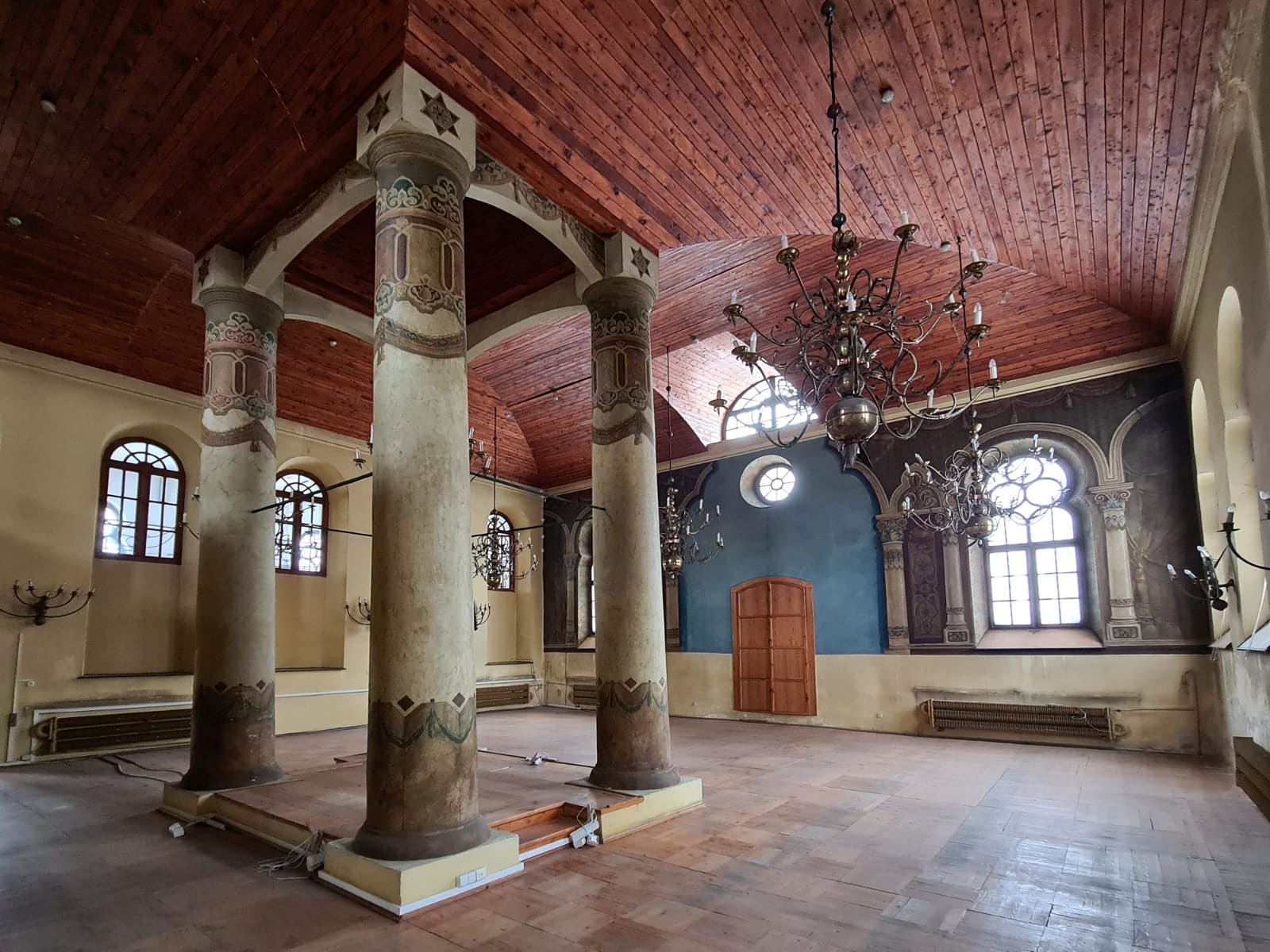
The synagogue in Konin was erected in 1832. It was part of the complex forming the centre of the Jewish quarter in the town. In 1883, the building was expanded. As a result of war activities during World War II, it was partially destroyed. In 1968, the synagogue was entered in the register of immovable monuments of the former Konin Province. In 1983-1988, the synagogue underwent general renovation and was adapted as a branch of the Municipal Public Library. It served this function until 2004. In later years, it fell into private hands. Since December 2020, the synagogue has belonged to the City of Konin. As a result of public consultations with the city’s residents, a decision was made to use the building for library and cultural functions.

To the present day, the interior of the building has residually preserved its decoration and furnishings, including the remains of the Aron ha-kodesh (an altar wardrobe designed to hold rhodals), the bima (a podium with a lectern in the main hall of the synagogue) and the painting decoration. The painted design of the eastern wall of the main prayer hall provides a kind of architectural framing in the central part, traditionally occupied by the altar wardrobe. Illusionistically painted columns in the Corinthian order support a cornice curved into full and triple pointed arches. The window recesses are also decorated. In the upper, ceiling-mounted part of the wall there is a painted decoration in the form of a lambrequin. The columns of the bema are marbled, in the upper parts richly decorated with polychrome imitating stripes of patterned fabrics. The walls of the canopy are decorated with paintings in the form of lambrequins. The polychromes are a valuable part of the building’s decoration, which will now be given extra and due care.
Source: materials of the Provincial Office for Monuments Protection in Poznań
Read also: Monument | Architecture in Poland | Sacral architecture | Konin | Painting






